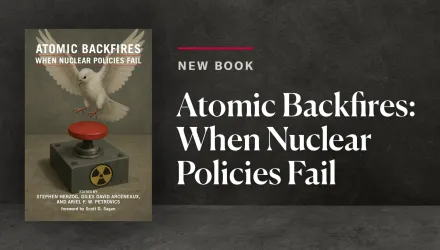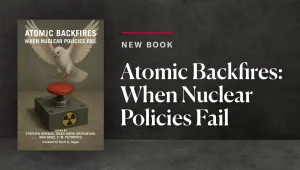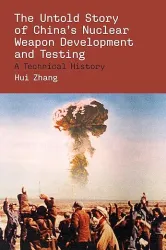Introduction
In 2006, Indian Prime Minister Manmohan Singh announced a Separation Plan for India’s civilian and military nuclear programs.1 It is often assumed that the Plan clearly and ver- ifiably separates India’s nuclear facilities into two categories, civilian and military. The reality is that the Plan has produced three streams: “civilian safeguarded”, “civilian unsafe- guarded”, and “military.” The tables in the annex to this paper contain lists of facilities in each stream. The relationships and overlap between the three streams are not transparent. Some civilian facilities, even when operating under certain provisions of India’s safeguards agreement with the International Atomic Energy Agency (IAEA), may contribute to India’s stockpile of unsafeguarded weapons-usable nuclear material. Much of this com- plexity arises from the unique character of India’s safeguards agreement with the IAEA and the additional protocol to this agreement.
The overlap between civilian and military nuclear activities is likely to intensify as India scales up its nuclear power program and its enrichment and reprocessing industries. As India’s nuclear sector expands, it will be up to India to decide whether or not to place new facilities under continuous safeguards.2 Currently, the 500MW Prototype Fast Breeder Reactor, scheduled to achieve criticality in April 2016,3 and which India has not placed under safeguards, is poised to introduce a new pathway for the production of both elec- tricity and unsafeguarded plutonium.
The incompleteness of the separation of India’s civilian and military programs should be taken into consideration by nuclear suppliers when determining conditions for nuclear cooperation. This paper explains the existing overlap between India’s military and civilian programs and how this could become problematic for nuclear suppliers seeking to ensure that they are not contributing to an arms race in South Asia. The paper then proposes a pathway by which India could achieve a fuller separation of its civilian and military activities. Firstly, India should renounce options, currently available under the IAEA safe- guards agreement, that facilitate the use of safeguarded items to produce unsafeguarded nuclear material. Secondly, India should place the proliferation-sensitive components of its nuclear power industry under continuous safeguards.
Robertson, Kalman and John Carlson. “The Three Overlapping Streams of India's Nuclear Power Programs.” Managing the Atom Project, Belfer Center, April 15, 2016







